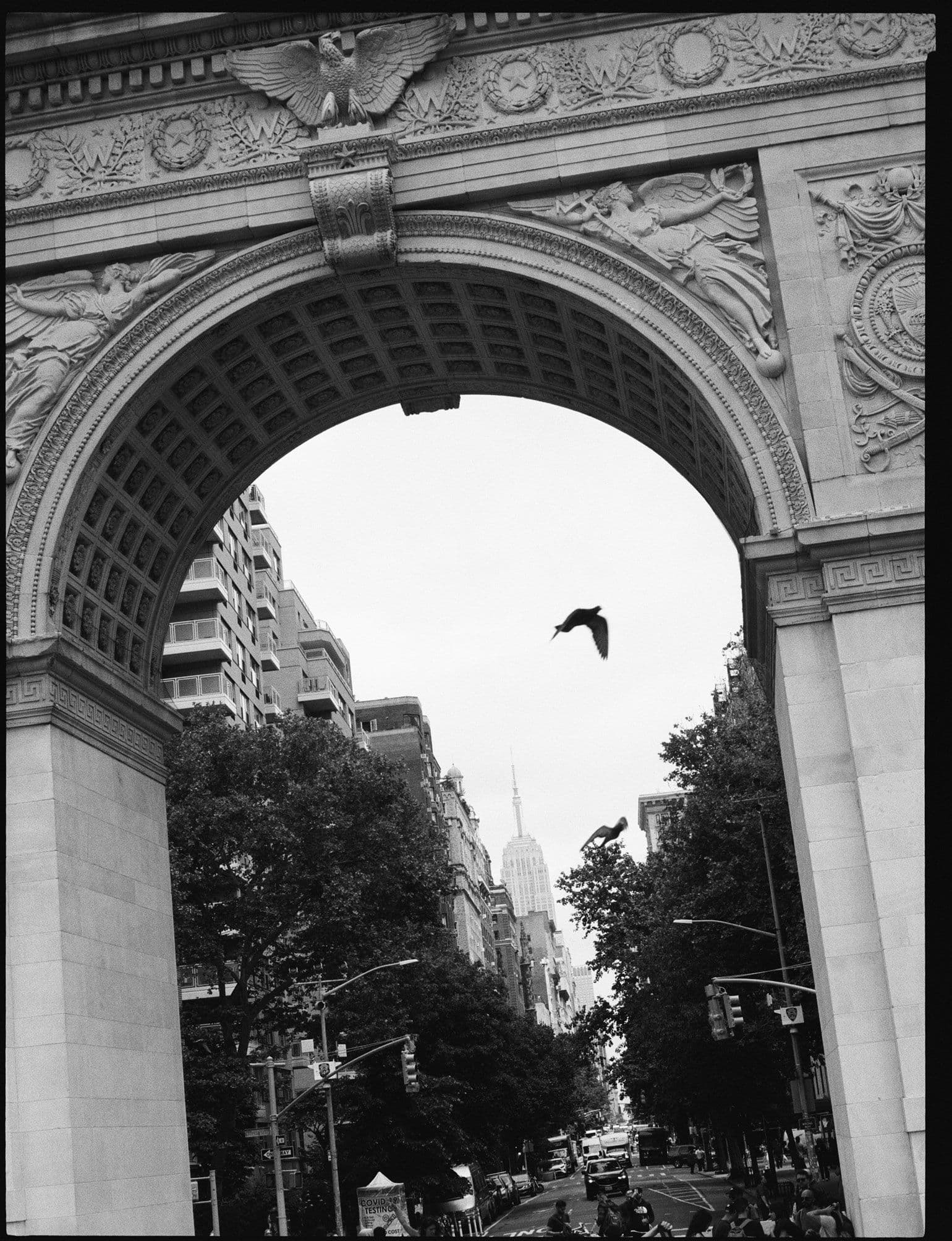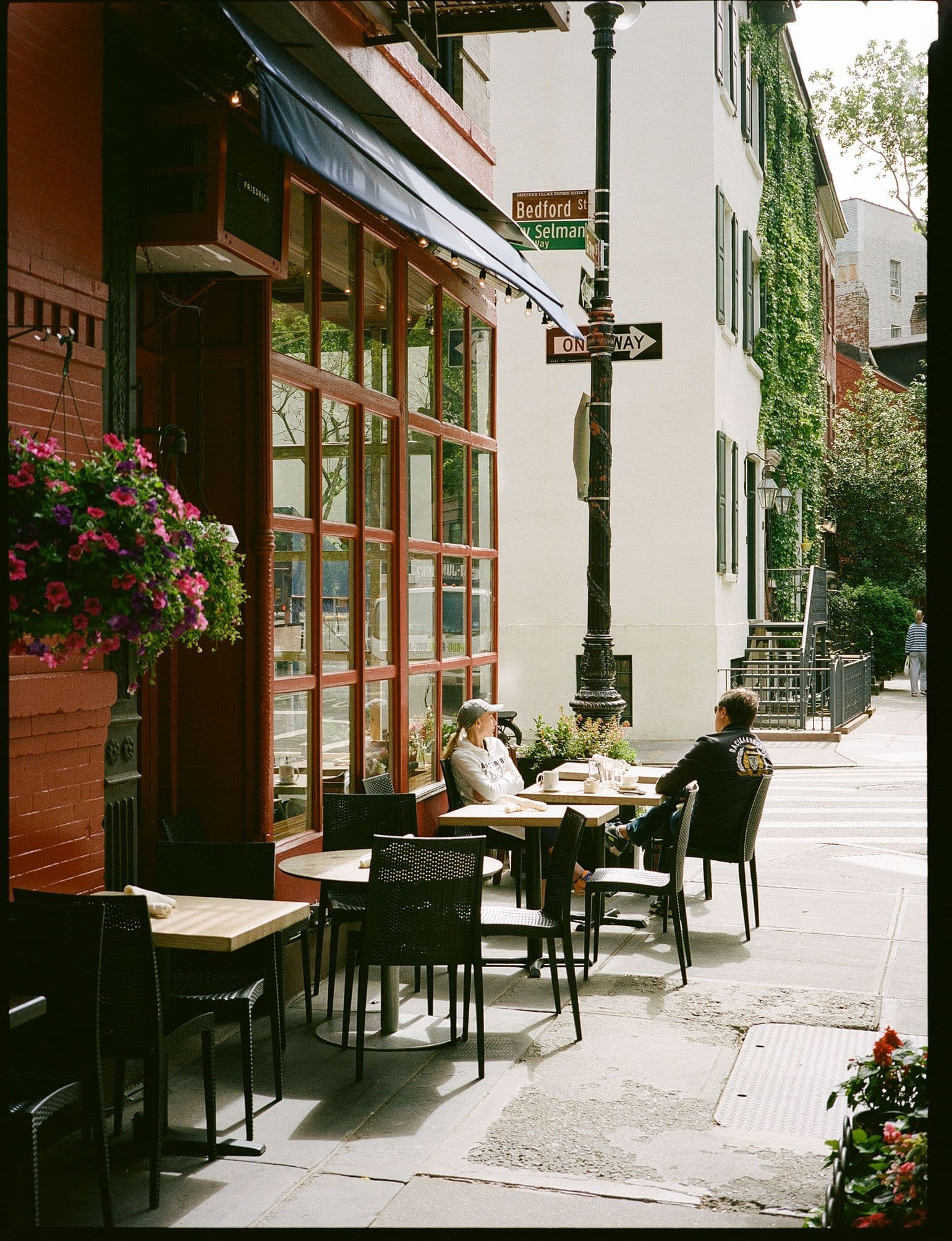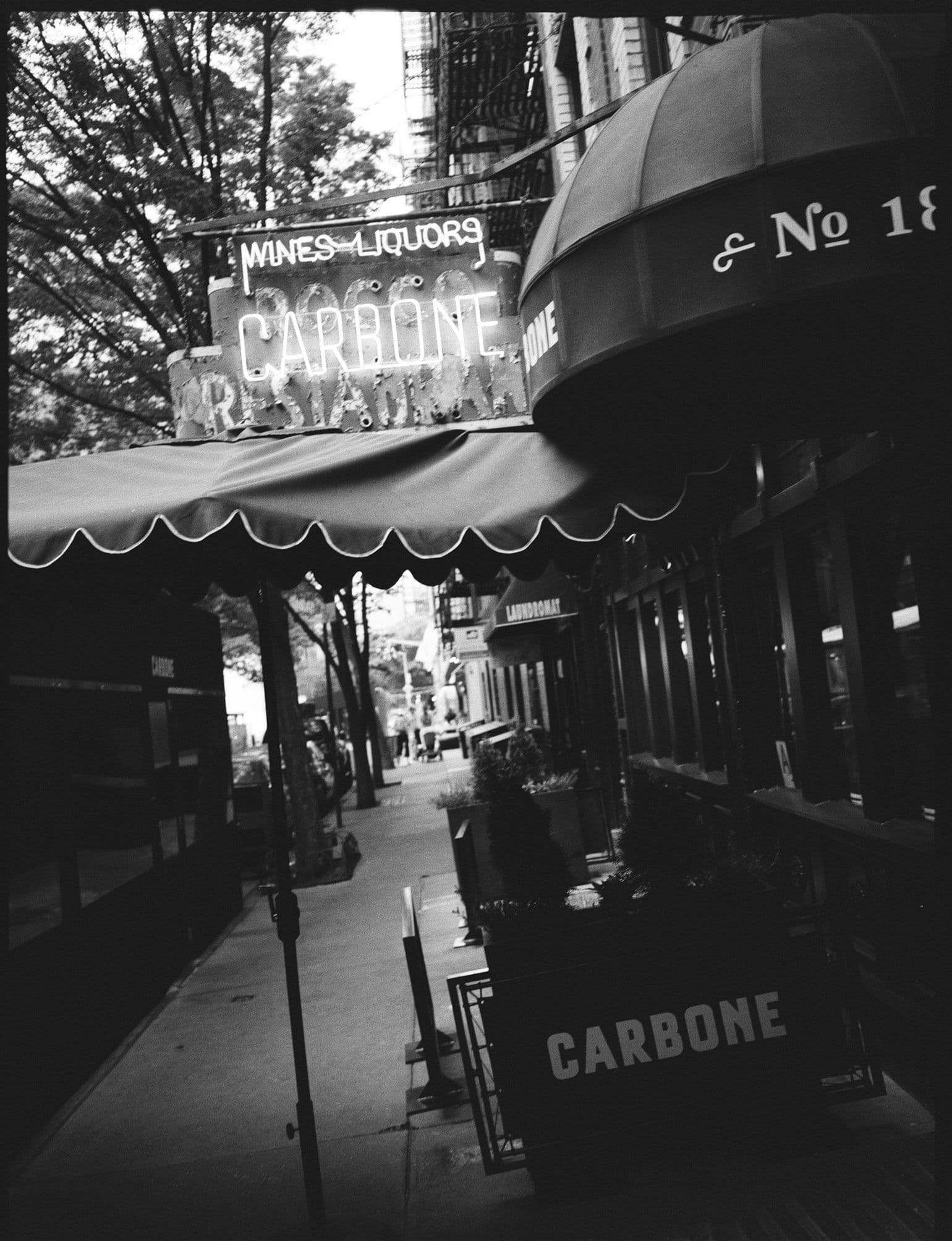Greenwich Village Gold Coast | 16 Fifth Avenue NYC

GREENWICH VILLAGE IS A PLACE OF UNEXPECTED JUXTAPOSITIONS AND DEEPLY FELT ATTACHMENTS―A PLACE ADORED BY ITS RESIDENTS AND BELOVED BY THE WORLD.
In the era of the Early American Republic, the area now known as Greenwich Village was a tapestry of farmland resembling the new nation itself. Beginning in 1822, New York’s wealthiest families moved northward from Lower Manhattan to resettle the countryside as a bucolic suburb. Transformation of the neighborhood took place incrementally in those years, as Henry Brevoort, Jr. recognized in 1834, when he wrote that he and his wife Laura were “very much in the woods and quite out of it” after moving into the mansion that once stood at 24 Fifth Avenue. Yet by 1840, New York society was focused entirely on the Brevoorts’ corner of Fifth Avenue, when the couple hosted the city’s first-ever costume ball. With its status as New York’s most fashionable enclave cemented, decades of building, socializing, and trendsetting followed. And because Greenwich Village was the first neighborhood to receive landmark district status from New York City in 1969, those halcyon decades are splendidly preserved in streetscapes that today pulse with historic charm and contemporary life.




“O life is a joy to a broth of a boy at Forty-two Washington Square!” So “Ten Days That Shook the World” author John Reed exclaimed of his first home in Greenwich Village, not long before national newspapers would portray Greenwich Village as an incubator for “young, unrecognized genius.” Those claims were confirmed time and again. Greenwich Village is where Billie Holiday gave her debut performance. Where Kerouac, Ginsberg, and Burroughs became friends. Where F. Scott and Zelda Fitzgerald were always seated at table 26 at Chumley’s, and Dylan Thomas held court at the White Horse Tavern.



architecture
Marlton Hotel
Washington Square Hotel
75 1/2 Bedford Street
Jefferson Market Library
St. Joseph's Church
Washington Square Arch
One Fifth Avenue
Washington Mews
The Row, Washington Square North
Grace Church
Washington Square Fountain
The Stonewall Inn
Lenox Health Greenwich Village
The Church of the Ascension
parks
Washington Square Park
Jefferson Market Garden
Union Square Park
The Cage Basketball Courts
Bleecker Street Playground
Minetta Playground
Mercer Playground
Sasaki Garden
markets
bigelow pharmacy
casey's flower studio
union square greenmarket
whitney chemists
citarella
mcnulty's tea & coffee co.
wegmans
music
greenwich house music school
village vanguard
smalls jazz club
blue note
the bitter end
electric lady studios
cafe wha?
shopping
the strand
dauphinette
three lives & company
lee grebenau flagship
abc carpet & home
maison gerard
aesop
aedes
le labo
loveshackfancy
blue and cream
anine bing
james perse
sandro
maje
reiss
food and drink
claudette
petit boucherie
saint theo's
i sodi
jeffrey's grocery
little owl
carbone
the strip house
via carota
waverly inn
magnolia bakery
sant ambroeus
anton's
white horse tavern
st. jardim
minetta tavern
one if by land, two if by sea
tokyo record bar
the up & up
gotham bar & grill
caffe reggio
knickerbocker bar & grill
bar pisellino
il cantinori
indochine
babbo
madman espresso
joe's pizza
art
the salmagundi club
lucille lortel theatre
the pubic theater
cherry lane theatre
mark twain house
new york theatre workshop
peridance capezio center
joffrey ballet school
ifc theater
comedy cellar
classic stage company
cinema village
grey art gallery
village underground
aia center of architecture
the whitney
bust of sylvette






JEFFERSON LIBRARY




In 1961, Greenwich Village resident Jane Jacobs completed The Death and Life of Great American Cities―the book that would change America’s understanding of historic preservation and city planning. Nineteen seventy-four saw the launch of the Greenwich Village Halloween Parade that continues to inspire costume makers and delight onlookers. Since opening in 1982, the Comedy Cellar has launched the careers of Kevin Hart, Jon Stewart, Judy Gold, and Colin Quinn, among myriad other talents. The opening of the Center for Architecture and the New School’s completion of its University Center in 2003 and 2013, respectively, added yet two more creative incubators to the area. In short, the alchemy of New York continues to spark in Greenwich Village, and it can be experienced directly in its cafes, galleries, performance venues, and shops.



